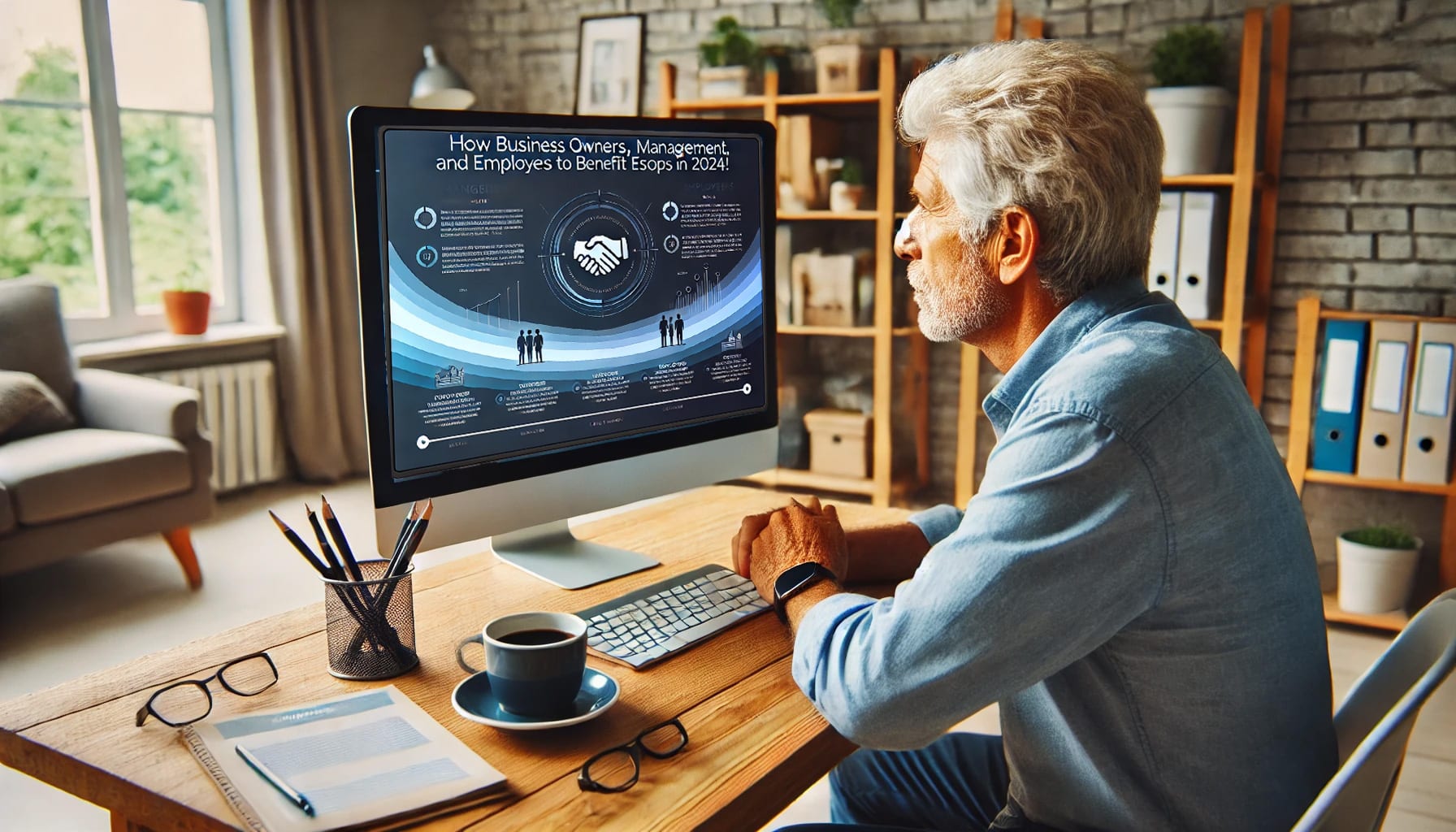Update (July 31, 2025): The Senate HELP Committee has now unanimously passed the ESOP bills discussed in this hearing. [Read the follow-up here →]
On July 24, 2025, the Senate Committee on Health, Education, Labor, and Pensions (HELP) convened a powerful and bipartisan hearing under the banner: “Empowering Workers by Expanding Employee Ownership.” With support from both sides of the aisle and testimonies from seasoned leaders in employee-owned companies, the event spotlighted the transformative power of Employee Stock Ownership Plans (ESOPs) in creating wealth, security, and dignity for American workers.

A Legacy Waiting on Washington
Kicking off the hearing, Chairman Bill Cassidy (R-LA) didn’t mince words. Citing a 51-year delay by the Department of Labor’s Employee Benefits Security Administration (EBSA) in issuing formal guidance on ESOP transactions under ERISA, Cassidy called for urgent action to remove legal ambiguity that discourages companies from adopting employee ownership structures.
He introduced two new bills:
The Employee Ownership Fairness Act, which would let ESOP companies contribute to 401(k)s without hitting IRS contribution caps—giving workers a chance to build even greater retirement security.
The Employer Employee Ownership Representation Act, aimed at ensuring ESOP representation on the ERISA Advisory Council.
Meanwhile, Senator Bernie Sanders (I-VT)—a long-time advocate for worker ownership—championed ESOPs as a vehicle to counter rising income inequality and the hollowing out of the American middle class. “Workers who own a piece of the company don’t just clock in,” he said. “They show up. They care. They stay”.
Meet the Witnesses: Voices from the Field
Brock Barton – CFO, King Arthur Baking Company (VT)
Barton shared how King Arthur’s transition to employee ownership in 1996 wasn’t just a change in structure—it was a cultural shift. Now a 100% employee-owned company, King Arthur sees higher engagement, accountability, and retirement readiness for its workers.
“Employee ownership has been the foundation of our success,” said Barton. “We’ve seen employees retire with savings they never thought possible”.
Eddy Dupuis – CEO, Acadian Ambulance (LA)
From just two ambulances in 1971 to over 5,000 employees today, Acadian’s ESOP story is both personal and powerful. Dupuis noted that in 2025 alone, 30 retired employees walked away with over $1 million in ESOP distributions, many of whom earned less than $80,000 per year.
“Our ESOP didn’t just grow the business—it built a culture where people see themselves as owners, not just employees,” he testified.
Dupuis also endorsed The Promotion and Expansion of Private Employee Ownership Act of 2025, which would offer tax incentives to owners selling their business to an ESOP.
Bill Roark – Executive Chairman, Starfish Holdings (AL)
A former defense contractor turned ESOP evangelist, Roark founded Torch Technologies with employee ownership baked in from the start. His company, now certified as an Evergreen Company and Public Benefit Corporation, boasts over $800 million in annual revenue and a long-term commitment to staying 100% employee-owned.
“We’ve created a model where employees aren’t just working a job—they’re building a legacy.”
Dr. Joseph R. Blasi – Distinguished Professor, Rutgers University
With 50 years of bipartisan ESOP research under his belt, Dr. Blasi provided the data to back the anecdotes:
-
ESOP participants over age 50 have twice the retirement wealth of non-ESOP workers.
-
ESOPs report lower layoffs, greater productivity, and higher wages.
-
Yet despite this, fewer than 7,000 companies in the U.S. use the model, primarily due to regulatory uncertainty and lack of awareness.
He called for broader financing options, updated ERISA guidance, and more government-backed promotion of employee ownership.
The Takeaway: A Bipartisan Path Forward
What made this hearing stand out wasn’t just the heartwarming stories or the academic validation. It was the rare, unified tone from both Republicans and Democrats that employee ownership is good for business, workers, and the economy.
The call to action is clear: Modernize regulations, remove legal roadblocks, and let ESOPs grow.
As Senator Sanders reminded everyone, even Ronald Reagan once said, “Employee ownership is the next logical step.” And nearly 40 years later, Congress might finally be ready to take it.


 Phil DeDominicis is an ESOP strategist and M&A advisor who has guided 300+ companies through ESOP formations, financing, and transactions over 20+ years at Menke & Associates. He specializes in selling ESOP‑owned businesses to financial or strategic buyers and in helping ESOP companies acquire other businesses.
Phil DeDominicis is an ESOP strategist and M&A advisor who has guided 300+ companies through ESOP formations, financing, and transactions over 20+ years at Menke & Associates. He specializes in selling ESOP‑owned businesses to financial or strategic buyers and in helping ESOP companies acquire other businesses.




